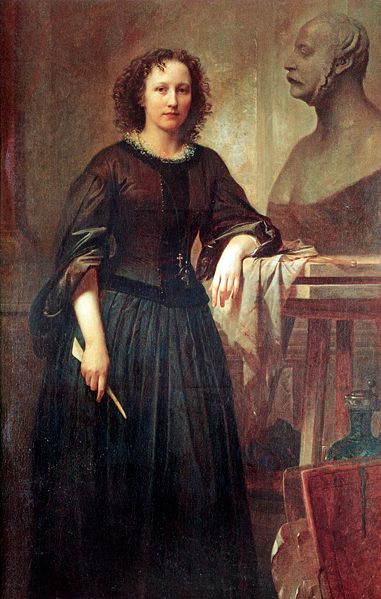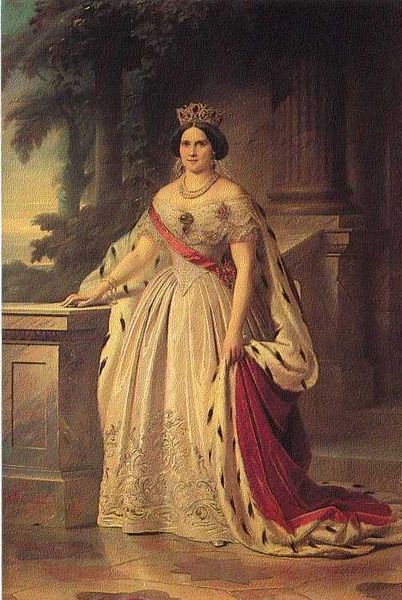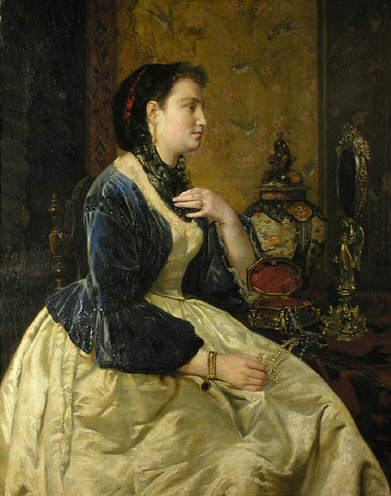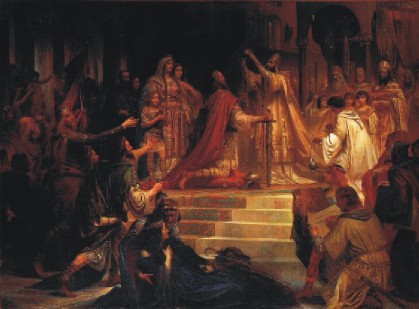<Back to Index>
- Painter Theodor Friedrich Wilhelm Christian Kaulbach, 1822
PAGE SPONSOR
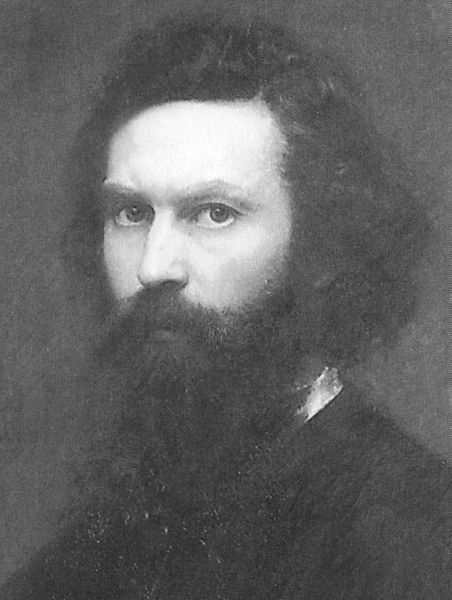
Theodor Friedrich Wilhelm Christian Kaulbach (8 July 1822 – 17 September 1903) was a German painter from Bad Arolsen, Hesse. His father was Christian Kaulbach (1777 – 1847), a cabinet maker in Arolsen. He was also the cousin and at one time the student of the painter Wilhelm von Kaulbach, son of Philipp Karl Friedrich v. Kaulbach (1775 – 1846), goldsmith and amateur painter; Wilhelm's son, Herman Kaulbach (1846 – 1909); and his own son, Friedrich August von Kaulbach (1850 – 1920).
After a visit to Venice in 1844, he and his uncle parted ways. He painted independently until 1848, when he executed the painting Adam and Eve beside the body of Abel. This led to a call to a professorship at the Art Academy of Munich, which he declined.
In 1850 he traveled to Paris, where he produced historical paintings, and supported himself through portraiture. In 1850, Maximilian II of Bavaria commissioned him to paint the Coronation of Charlemagne for the Museum Maximilianeum. The painting was completed in 1861.
Kaulbach served as the court painter to King George V, whom he repeatedly portrayed, where he was a favorite portrait painter of the local nobility. While he was the court painter to Hanover, he received a professorship at the University of Hanover; among other benefits, the king gave him his own studio and residential building, designed by the Hanoverian architect Christian Heinrich Tramm 1857 - 60 on Waterloo Street in Hanover. The house today is part of the Waterloo Beergarden. In her memoirs, his daughter Isidore described the visitors to the family home, who included Johannes Brahms, Clara Schumann, Franz Liszt, Joseph Joachim, Ernst von Wildenbruch and Anton Rubinstein.
His numerous portraits, such as those of the Sissy, the Empress of Austria, the Crown Prince Albrecht, the Count and Countess Stolberg, are extraordinarily detailed, even luminescent. The best women's portraits have enhanced his reputation. Kaulbach received the Gold Medal from the Berlin Art Academy at the Vienna World Exhibition of 1873.
Frederick Kaulbach's grave may be found in the town cemetery Engesohde in Hanover.
Kaulbach's son, Friedrich August von Kaulbach, was also a painter.
